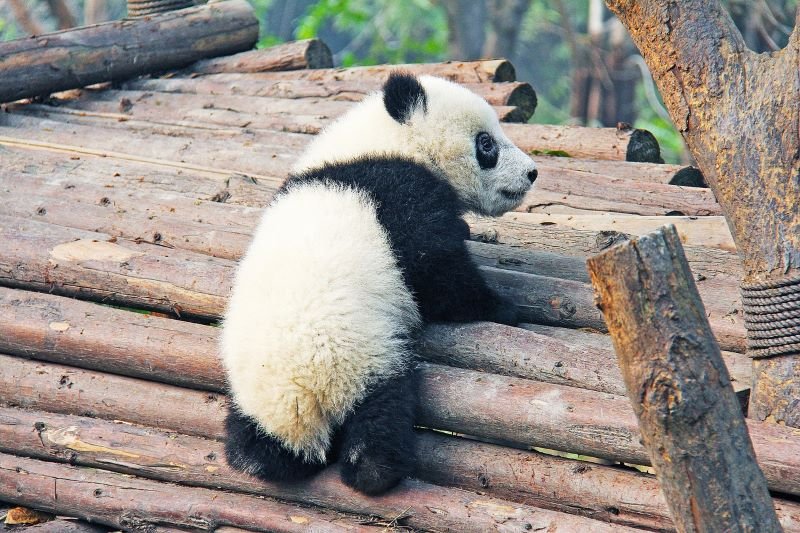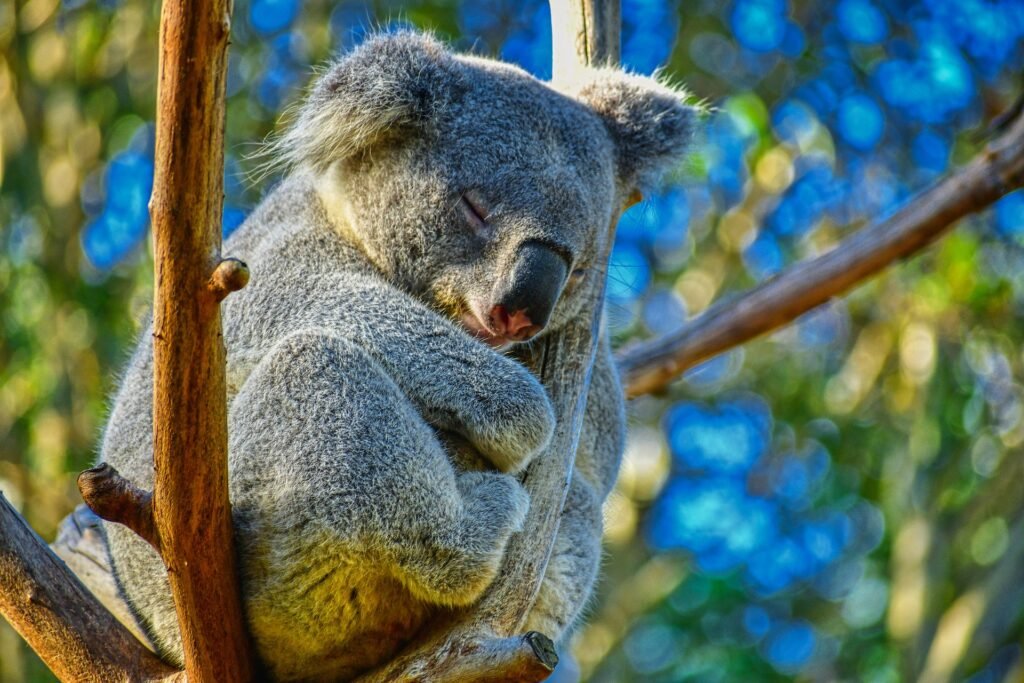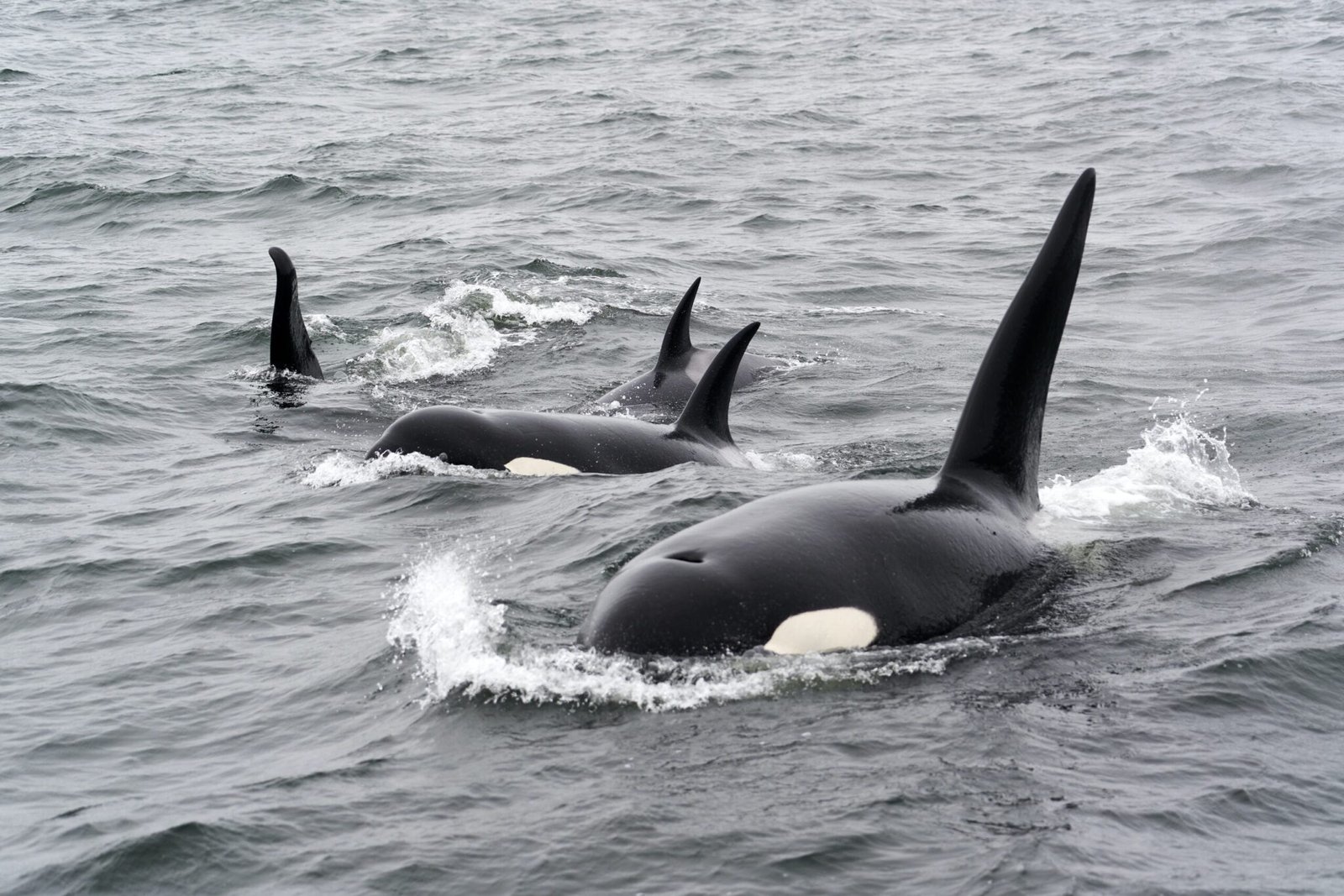Have you ever seen a video of a bear seemingly waving at the camera and thought, “What in the world?” Well, you’re not alone. This intriguing behavior has captivated the curiosity of many. Let’s dive into the world of bears and understand why they might “wave” back at us.
Table of Contents
The Curiosity of Bears
Bears are naturally curious animals. In the wild, they often stand on their hind legs to get a better view or sniff something interesting. Could it be that their waving is just a byproduct of this curiosity?
Anthropomorphism and Bear Actions
Humans tend to attribute human-like qualities to animals, a phenomenon known as anthropomorphism. When we see a bear “waving,” it’s a classic case of us putting a human spin on a bear’s natural action.

The Science Behind the Wave
So what’s the deal with the wave? Is it a form of communication or something else entirely? Studies show that while bears do communicate with one another, the “wave” isn’t a part of their natural language.
Bears in the Wild vs. Captivity
The behavior of bears in the wild compared to those in captivity can be quite different. Captivity can lead to a range of behaviors not typically seen in the wild, possibly including the infamous wave.
Communication Among Bears
In the wild, bears communicate through body language, vocalizations, and scent markings. However, waving isn’t typically one of these communication methods.
The History of Waving Bears
Bears have been a part of human culture for centuries. Let’s take a quick stroll through history and look at some of the most famous waving bears and how they’ve interacted with humans.
Famous Waving Bears Throughout History
From dancing bears in medieval times to performing circus bears, these animals have been trained to do human-like gestures for entertainment.
The Influence of Human Interaction
It’s important to consider how human interaction has historically influenced bear behavior. This includes training bears to perform tricks like waving.

Interpreting Bear Waves
Is a bear waving a sign of stress or a friendly gesture? The context is crucial in interpreting these actions.
Signs of Stress vs. Friendly Gestures
It can be difficult to distinguish between a stress signal and a wave, especially for those not familiar with bear behavior.
The Role of Positive Reinforcement
Positive reinforcement through food rewards has been used to train bears to wave in captivity. This conditioning can explain why some bears “wave” at humans.
Bear Behavior in Zoos and Sanctuaries
In controlled environments, bears often exhibit behaviors that are not typical in the wild, which includes waving at visitors.
Training and Conditioning
Zoos and sanctuaries sometimes use training as a way to manage and care for bears, which can include teaching them to perform certain actions.
The Importance of Enrichment Activities
Enrichment activities are crucial for the mental and physical health of bears in captivity, and these can sometimes result in bear waves.

The Impact of Human Behavior on Bears
The way humans behave around bears can greatly affect the animals’ behavior and well-being.
Feeding Wild Bears Feeding wild bears can lead to them associating humans with food, which can have dangerous outcomes for both parties.
The Consequences of Close Encounters Close encounters with bears can lead to habituation, where bears lose their natural fear of humans, often with tragic results.
Conservation Efforts and Ethical Considerations
Conservation is key to protecting bears and their natural behaviors.
Protecting Bear Habitats
Efforts to protect bear habitats are essential for the survival of these species.
Responsible Wildlife Tourism
When observing bears, whether in the wild or sanctuaries, it’s important to do so responsibly and ethically.
Frequently Asked Questions About Bears
There are many questions people have about bears, from their diets to their hibernation patterns.
Bear Diet and Foraging Habits
Understanding what bears eat and how they forage is crucial to understanding their behavior.

Hibernation Mysteries Unveiled
Hibernation is one of the most fascinating aspects of bear biology. What happens during those long winter months?
How to Safely Observe Bear Behavior
If you want to observe bears, whether in the wild or in captivity, it’s important to do so safely and respectfully.
Best Practices for Wildlife Watching
There are specific guidelines you should follow when watching wildlife to ensure both your safety and the animals.
Understanding Bear Body Language
Learning to interpret bear body language can enrich your wildlife-watching experience and keep you safe.
Conclusion: The Joy of Watching Bears
Bears are truly majestic creatures, and observing them can be a joy – as long as it’s done with respect and understanding of their natural behavior.
FAQ About Bears
Why do bears hibernate?
Bears hibernate as a survival strategy to get through the winter months when food is scarce. They enter a state of dormancy where their metabolic rate slows down, conserving energy and surviving off their fat reserves. Hibernation also protects them from the cold and potential predators during a time when they would be more vulnerable while actively searching for food.
What should I do if I encounter a bear in the wild?
If you encounter a bear in the wild, it’s crucial to stay calm and avoid sudden movements. Speak in a calm, firm voice to let the bear know you’re human and back away slowly, never turning your back on the bear. Do not run, as this could trigger a chase response. If the bear does not move away, stand your ground and make yourself look as large as possible. In the unlikely event of an attack, fight back with anything at your disposal, aiming for the bear’s face and muzzle.
Can bears really smell food from miles away?
Yes, bears have an incredibly keen sense of smell. They can detect food, cubs, a mate, or predators from miles away. This powerful sense is a critical part of their survival, guiding them to rich food sources and helping them avoid danger.
How can I tell if a bear is being aggressive?
Aggressive bear behavior includes vocalizations like huffing, puffing, or growling, swatting the ground with their paws, bluff charging, or staring with focused attention. It’s important to know that many of these behaviors can also be signs of stress or attempts to communicate discomfort. Always give bears plenty of space to avoid these encounters.
Are bears solitary animals?
Yes, most bear species are indeed solitary animals. They tend to roam and hunt alone, with the exception of mothers with their cubs or during the mating season. Bears are typically self-reliant and will only congregate in areas where there is an abundant food source, such as a salmon run, but generally, they prefer to keep to themselves.




